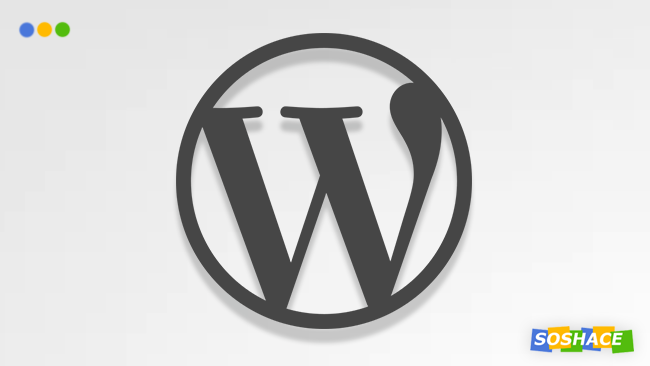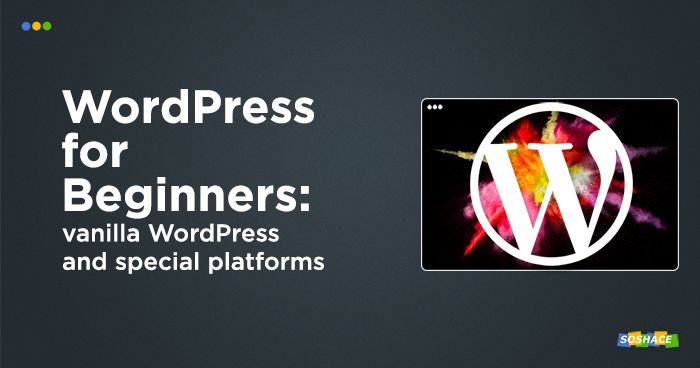
The world of modern web development offers many possibilities. For non-technical people, however, the term “web development” is often associated with various complex programming intricacies and concepts — but it doesn’t have to be that way! In reality, building and hosting your own web pageisn’t a demanding task — thanks to various site-building platforms, this process becomes as easy as it gets. The household name in site-building sphere is, of course, WordPress.
Still, we shouldn’t disregard its functionality merely because of its “site-builder” focus. It offers a lot of awesome features — and even with its simplicity, beginners can often feel overwhelmed. One option is hiring a freelance web developer to manage everything. The other option involves platforms like 10Web — they streamline and fine-tune the site-building workflow. This article will guide you through the basics of site-building with WordPress and highlight how various services can make everything even easier.
Why is WordPress popular
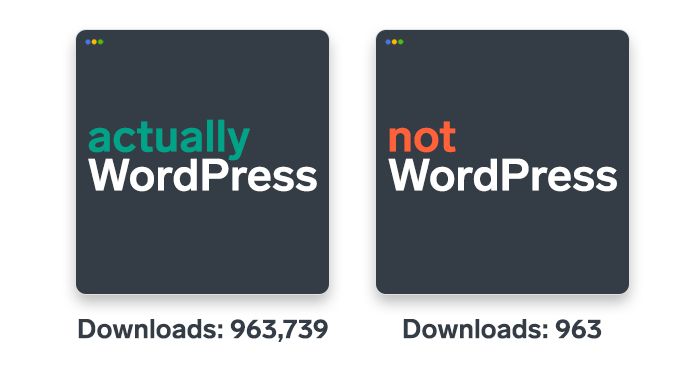
Nowadays, WordPress is the ultimate answer to the “How can I easily build a website?” search query. Over the years, many companies have tried to design a site-building platform that would usurp its throne — notable examples include Wix and Squarespace. In certain aspects, these new platforms do offer better experience: they’re more modern, the technologies they’re using are newer and more capable, but it still reigns supreme. So what are some of the reasons for its popularity?
Free and open-source

Arguably the biggest reason is the free-to-use model. This eliminates an important psychological barrier, allowing aspiring webmasters to test the waters free of charge. As there are many costs associated with building and hosting web resources, the ability to use a content management system without having to pay money for it becomes the most important factor.
It’s tempting to overlook the open-source aspect, but we shouldn’t disregard it. In essence, ”open-source” means that the product’s creators encourage users to add suggestions and fix bugs to make the product better. This close collaboration between official developers and “volunteers” has made the success of countless IT products possible. WordPress is currently at its version 5.2 — thanks to the contributions from its loyal users, it gets better and better with each new release.
Simple and easy-to-use

The design goal of any content management system is pretty simple and twofold: offer great functionality, but also be easy to use. Here lies the true power of this platform: it manages to balance sophistication and simplicity. Therefore, it manages to satisfy the needs of both power users and beginners alike.
This concept seems self-evident — “Duh, the best product should be designed in a way that suits both pros and beginners!” — but it’s incredibly hard to actually implement it. This is why WordPress boasts being the backbone of almost 30% of all internet web resources and controlling half of the entire content management systems market — even with some basic HTML knowledge, even beginners user can make great things happen (i.e. build their own web project:) )
Customizable and easy to fine-tune

Although WordPress is generally associated with blogs and relatively simple sites, its functionality far exceeds this range of uses. Powering major web platforms like CNN, TechCrunch, and Time, it proves, time and time again, that it’s not a niche tool. Its wide functionality is achieved via its customizability, allowing users to create exactly the end product they want. Even our blog runs on this platform!
Another important factor has to do with plugins. This platform, at its core, is a Lego-like constructor — instead of the “batteries included” approach, it lets you choose the parts you need for your project. And the options are plentiful, with around 50,000 plugins to fill the gaps in the default functionality: SEO helpers, translation modules, anti-spam filters, and so on. Most importantly, most of the plugins are free!
Intricacies of managing your WordPress website
Judging from characterization we’ve given so far, you might think that it’s the silver bullet, fit for all aspects of web development: it’s free (most of its plugins are free as well), it’s powerful, it’s highly customizable, and it powers one cool site which can be found at blog.soshace.com. Still, managing a site involves a number of issues which services like 10Web aim to address. Some of them are:
- Designing the web page.
- Updating the page’s content.
- Ensuring optimal performance for all users.
- Utilizing search engine optimization.
- And more…
Now, let’s see how various services can improve upon these aspects.
Hosting the website
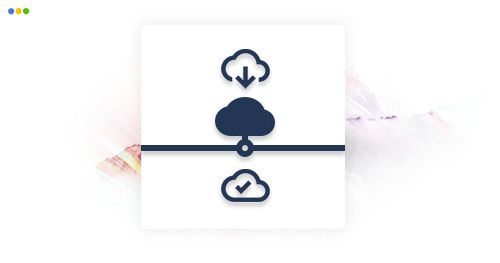
Web hosting is like the foundation of a house — it’s invisible, but it can make or break everything. Hosting follows the same logic, ensuring that your web app works. But what does “work” actually mean in this case? Even though hosting is generally associated with only, well, providing virtual space for a web resource to function from, it also governs a number of crucial elements like speed, technical components, traffic management, and content migration.
The optimal hosting provider, therefore, is the one capable of meeting the requirements outlined above — and Google Cloud is a great candidate. If you’ve had any experience with Google products, chances are you’ll love Google Cloud as well.
Designing the website

Web design often seems like a trivial task — supposedly, web developers and designers just need a single reference like just make it pretty. There isn’t, however, any formula to explain why some web pages just click, while others are only meh. This field, however, isn’t purely about aesthetics — it also ensures usability, i.e. the easy of use. A WordPress web page can be beautiful — but what’s the point if the users have no clue how to use it?
As design incorporates various factors, many site owners are turning to page builders — platforms which, as the name suggests, can be used to build a web project. Building is a very fitting word because every website features various components, which are essentially its building blocks — and they are combined to tailor the site owner’s needs. One of those platforms is Elementor, a page builder platform which managed to simplify the design process thanks to its drag & drop editor (this is where the building blocks analogy shines through).
Of course, using even the simplest editor still requires manual work. Although your web project is unique, there are probably other web pages which aimed to do a similar thing — and you can utilize their templates. Elementor offers many templates which you can use to style and customize your web app.
Optimizing for the search engines
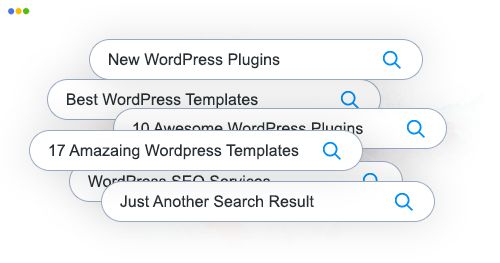
SEO, or search engine optimization, is a crucial part of managing a web resource— it helps to rank higher in search results, driving traffic and sales figures. Even if, say, traffic value isn’t your primary concern, you should pay close attention to SEO as it connects your audience with your content — and your content deserves its audience, doesn’t it? Well, every SEO professional holds the same opinion. Here are the SEO tools you get:
- Search analytics helps you understand which search queries generate traffic and interest in your content.
- Custom metadata helps search bots understand how your resource stands out.
- Canonical URLs ensure that your content has no duplicates (as the original content is rated higher by the search bots)
One of 10Web’s features is SEO helper, designed to address the problems we’ve outlined above. Additionally, you can check some essential SEO tips which will help you get a grasp on what really drives SEO.
Conclusion
WordPress is a powerful tool that can help you take your project from Stage 0 all the way to the end product. For even more functionality, you can use more advanced services like which will make managing your project more streamlined and efficient. And for even more web development insights, our blog is the go-to place — so stay tuned for our next posts! 🙂



